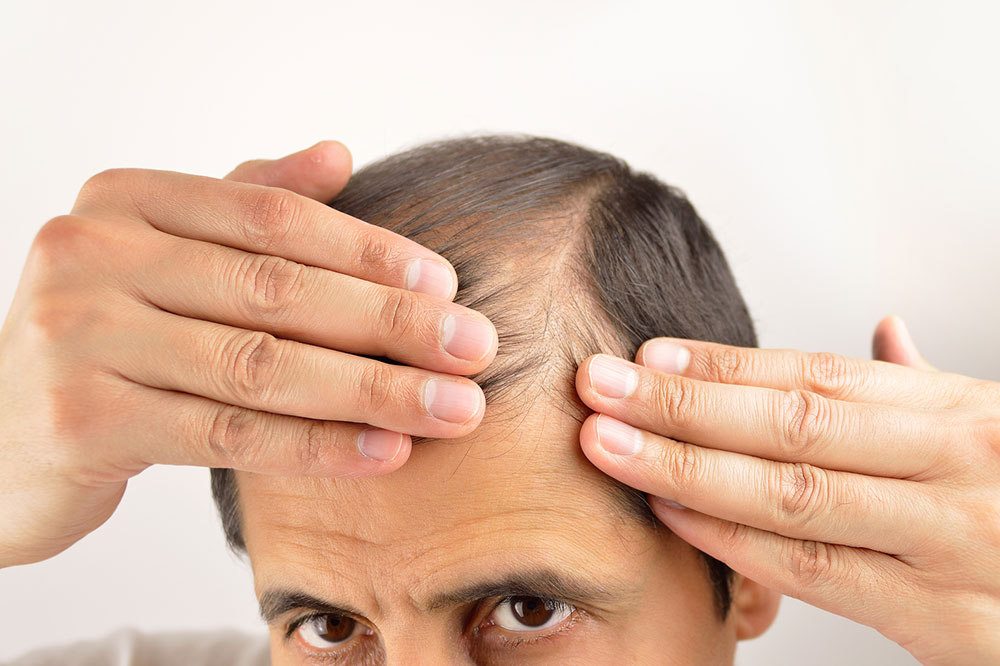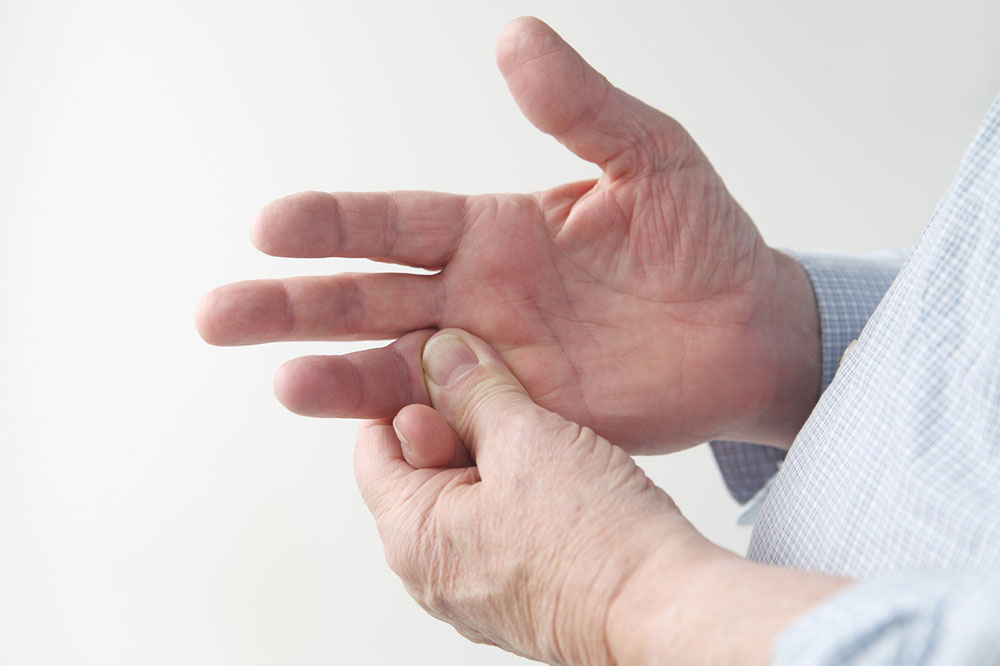7 mistakes to avoid when doing household chores

Efficiency, effectiveness, and a sense of accomplishment are the goals we strive for when tackling household chores. However, it can be easy to get stuck in common pitfalls that slow us down and make the tasks appear more overwhelming than necessary. From overlooking safety precautions to neglecting maintenance, numerous mistakes can derail our cleaning endeavors. By being aware of common pitfalls and avoiding them, we can make our household chores more manageable and enjoyable.
Lack of planning
One of the biggest mistakes people make when it comes to household chores is not having a plan. Going into chores without a clear idea of what needs to be done can lead to inefficiency and wasted time. Take a few minutes to make a to-do list and prioritize tasks based on urgency and importance. A plan will help you stay focused, complete tasks more efficiently, and prevent unnecessary stress.
Multitasking
While multitasking may seem like a time-saving strategy, it can hinder your efficiency in household chores. Trying to tackle multiple tasks simultaneously can lead to mistakes, incomplete tasks, and increased stress. Instead, focus on one chore at a time, giving it your full attention and completing it before moving on to the next. By taking a mindful approach and avoiding rushing, you’ll ensure that each task is done properly and thoroughly.
Not delegating or asking for help
Many individuals take on the burden of household chores by themselves without delegating or seeking help when necessary. This can lead to burnout and increased stress. Don’t hesitate to involve other family members or roommates in sharing the responsibilities. Create a schedule or chore chart to ensure everyone contributes their fair share. Additionally, consider outsourcing certain tasks like deep cleaning or gardening if it fits within your budget. Remember, sharing the workload can make household chores more manageable and free up time for other activities.
Procrastinating
Procrastination can turn simple household chores into overwhelming tasks. Putting off chores only allows dirt, clutter, and mess to accumulate, making the eventual cleaning more time-consuming and exhausting. Break tasks into smaller, more manageable chunks and tackle them regularly. By taking a proactive approach and addressing chores promptly, you’ll maintain a cleaner and more organized living environment.
Not maintaining cleaning equipment
Cleaning equipment, such as vacuum cleaners, mops, and dusters, needs regular maintenance to ensure their effectiveness. Neglecting to clean or replace the filters, brushes, or attachments can diminish their performance and hinder your cleaning efforts. Follow the manufacturer’s instructions for cleaning and maintaining your cleaning tools to maximize their lifespan and efficiency. Additionally, it is important to keep your cleaning equipment clean and organized to easily access them when needed.
Not taking breaks
Engaging in prolonged cleaning periods without taking breaks can lead to fatigue and decreased productivity. Schedule short breaks during your chores to rest, rehydrate, and recharge. Use this time to stretch, relax, or reward yourself with a small treat. By giving yourself adequate breaks, you’ll maintain your energy levels and be able to complete your chores more efficiently.
Ignoring the benefits of music or podcasts
Household chores can sometimes feel monotonous and mundane. To make them more enjoyable, consider listening to music, podcasts, or audiobooks while you clean. Keeping your mind engaged with entertaining or educational content can help pass the time and make tasks less tedious. Create a playlist or download your favorite podcasts to accompany you during your cleaning sessions.







